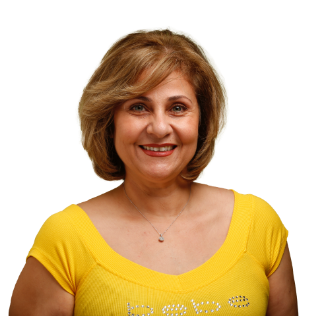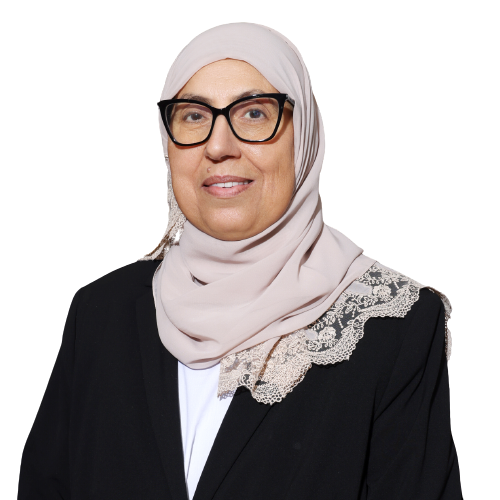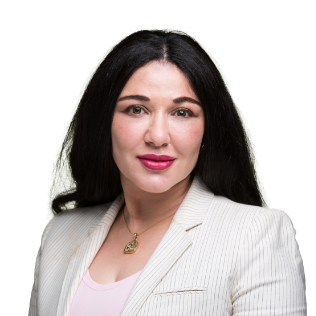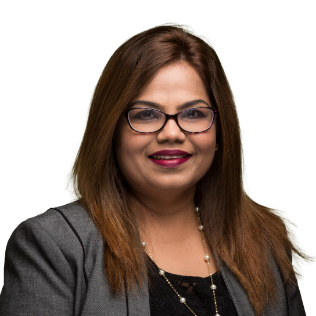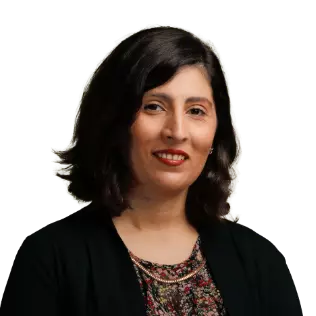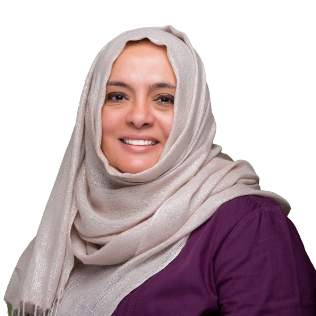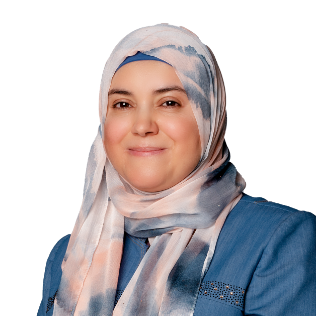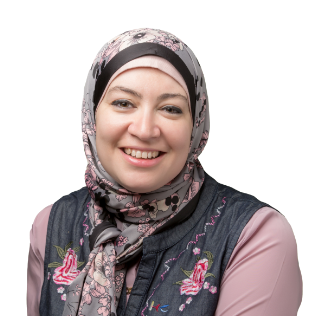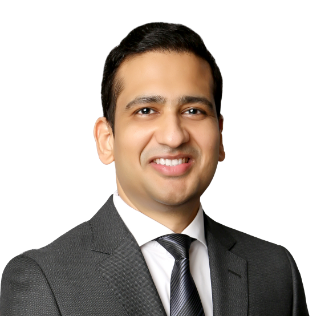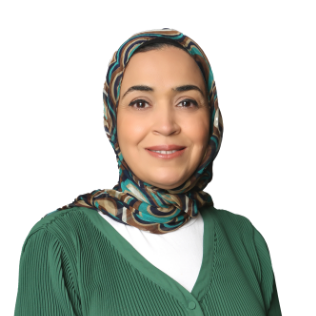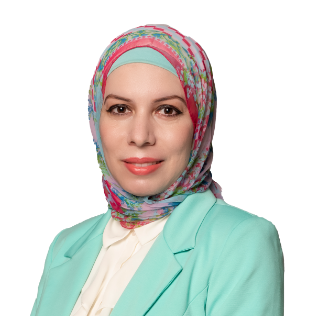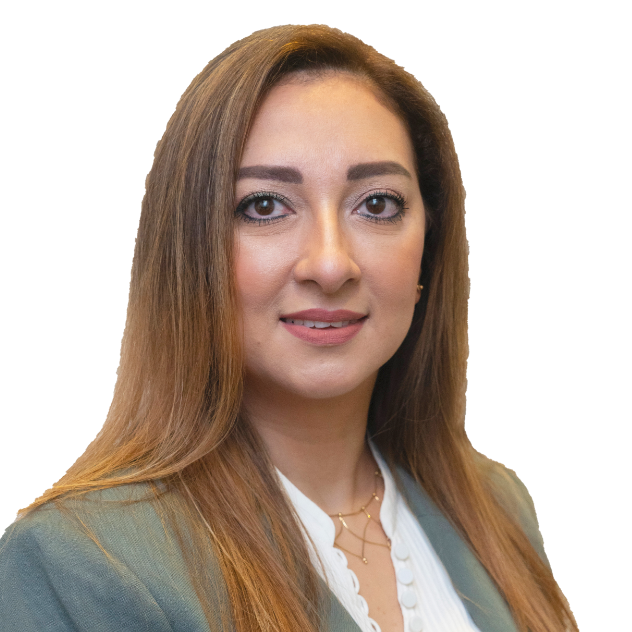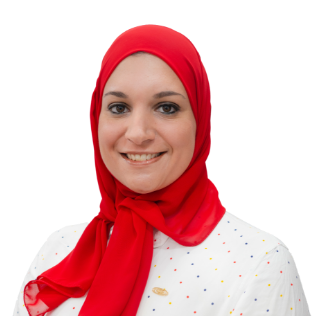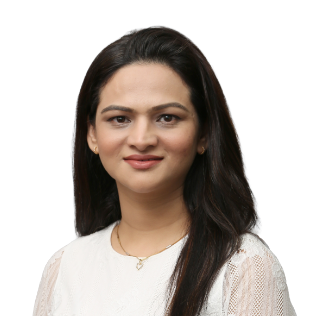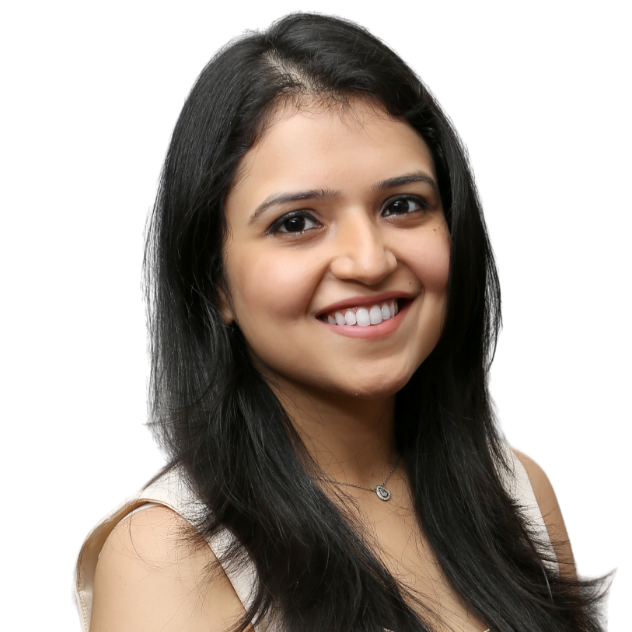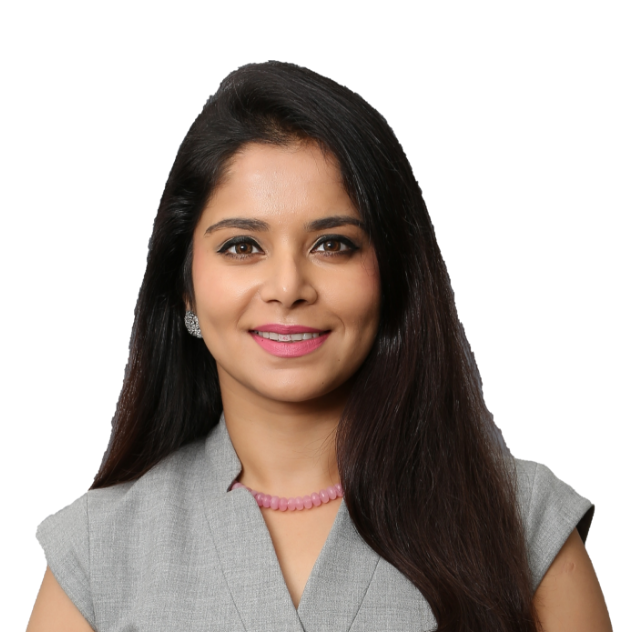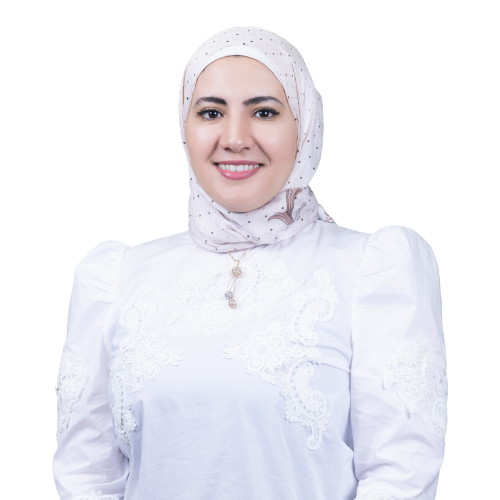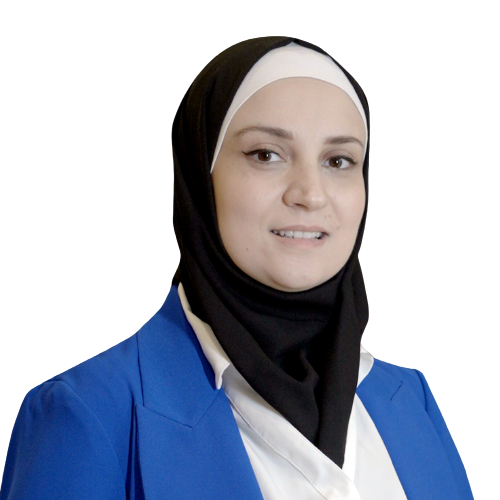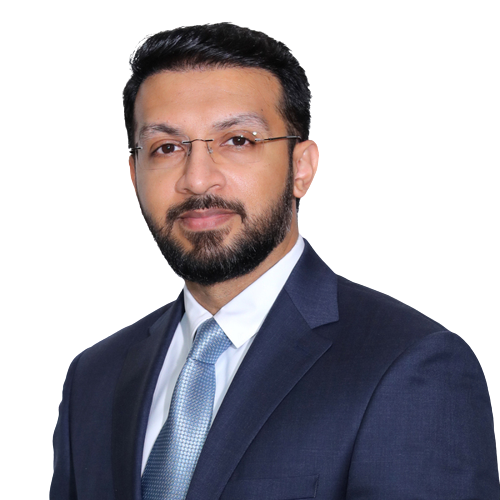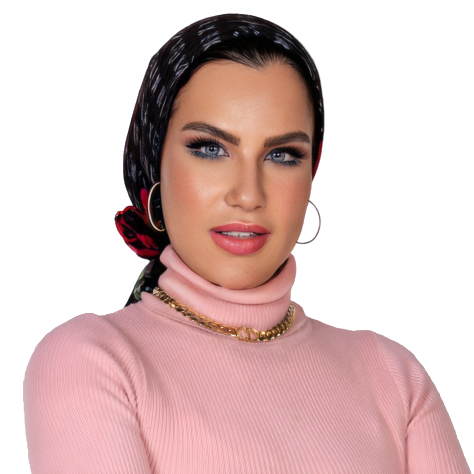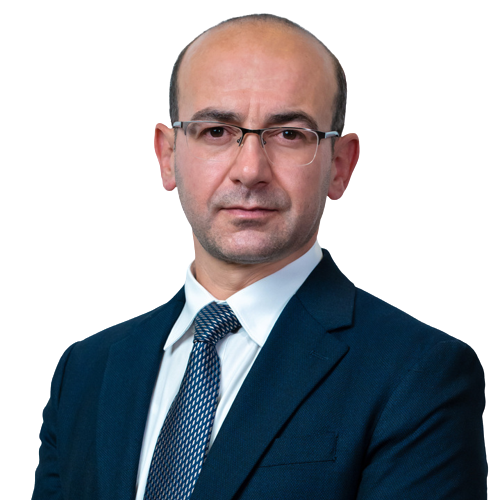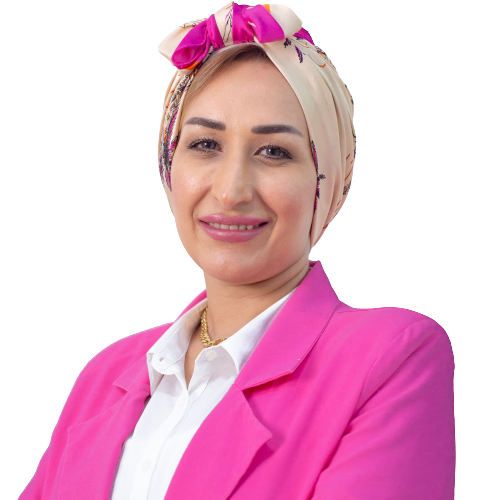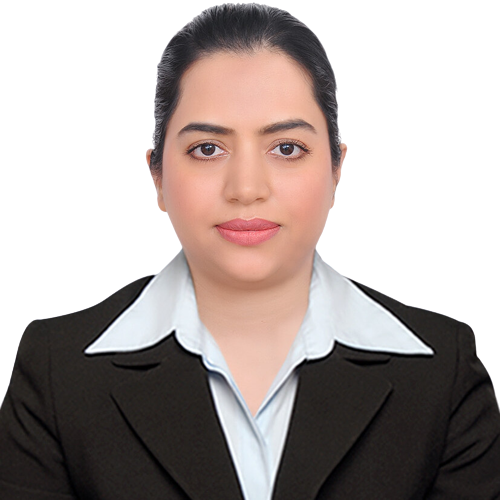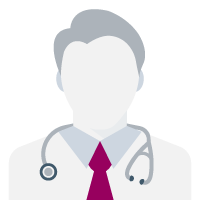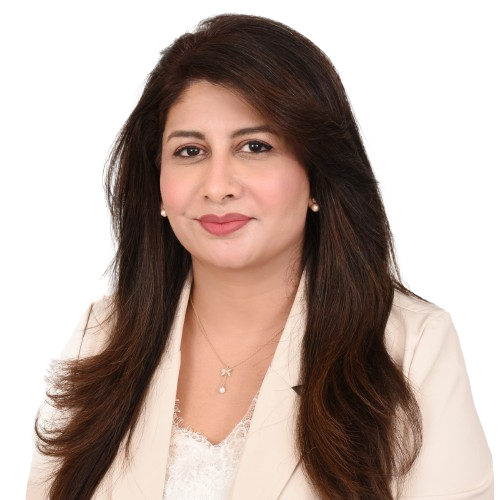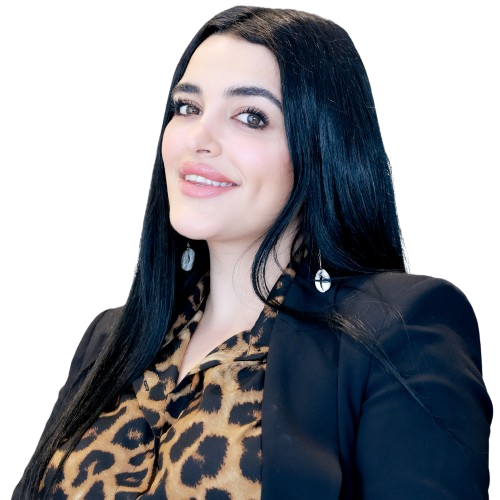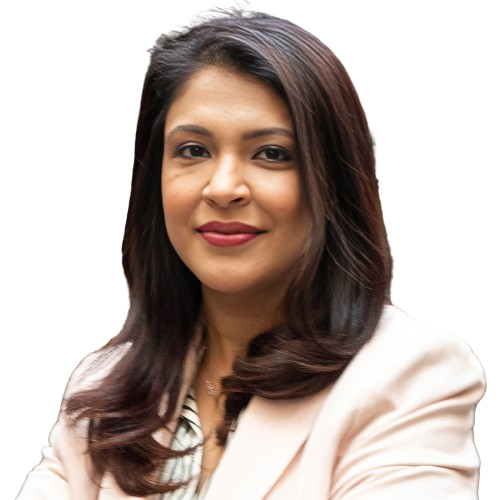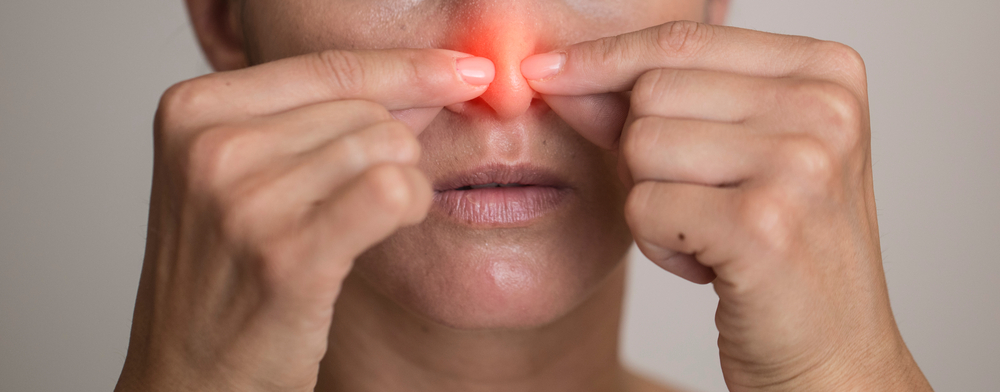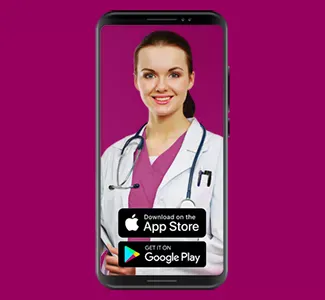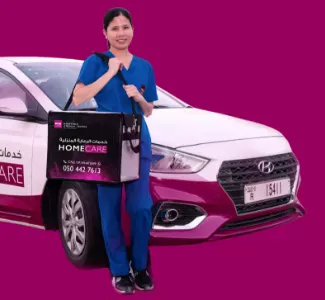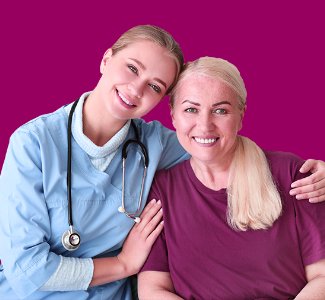Corns and Calluses: Symptoms, Treatment & Causes
Written By: Dr. Hala Aljaber
Updated On:February 15, 2024
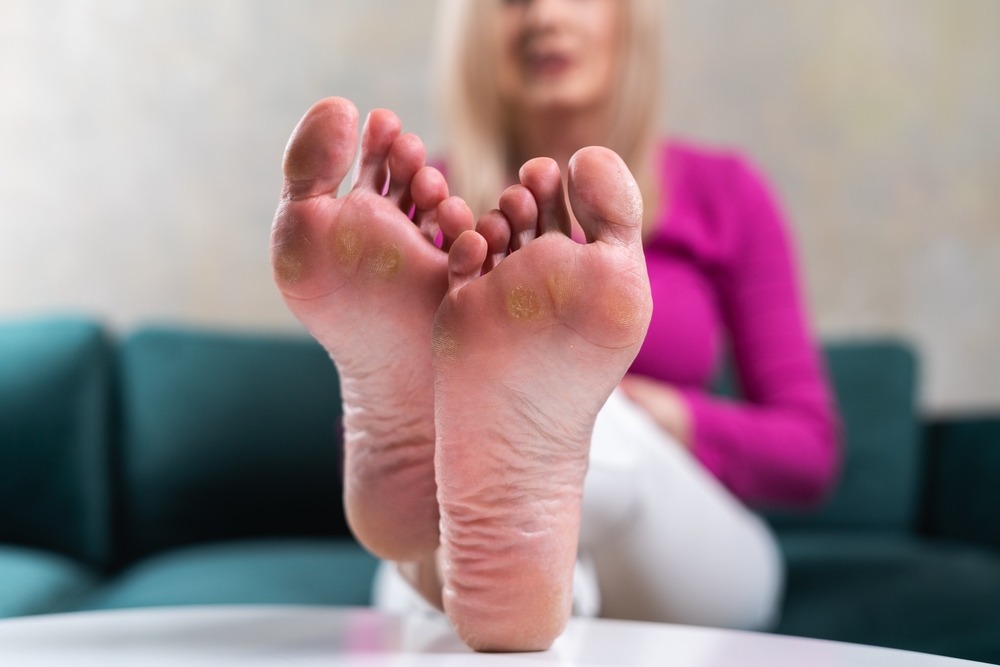
What are Corns and Calluses?
Calluses and corns are brought on by friction or pressure on the skin. A corn is a toe with thicker skin on the top or side. Badly fitting shoes are typically to blame. A callus is thicker skin on the palms or the bottom of your feet. Skin thickening serves as a defensive response.
Causes of Corns and Calluses
Calluses and corns form on the skin as a result of repeated pressure, rubbing, or irritation. As a result, the skin forms a thick layer to defend itself. Corns and calluses frequently develop on the fingers, toes, or soles of the feet.
Many of the causes of corns and calluses are similar. They consist of the following:
- Improperly fitting shoes: The most frequent reason for corns on the tops of the feet is this. Shearing, friction, and pressure are brought on by shoes that are overly tight or have places that rub against your skin. Long amounts of time spent walking, running, or standing still
- Physical pastimes, athletic endeavors, or labor-intensive tasks requiring your feet
- Not wearing any shoes or wearing shoes without socks
- Having sock linings or shoe soles that bunch up or slide beneath your feet when wearing shoes.
- Walking incorrectly or placing too much weight on either the inner or outer border of your foot
- Physical pastimes, athletic endeavors, or labor-intensive tasks that repeatedly rub skin on your hands or fingers
- congenital malformations like hammertoes or tailor's bunions are examples of structural foot anomalies or altered biomechanics that might lead to corns or calluses
- Calluses can develop on the hands from repetitive pressure from activities like playing an instrument, using a hand tool, or even writing with a pen.
- The type of corn that grows on non-weight-bearing parts like the soles and palms may be influenced by genetics (keratosis punctata).
Symptoms of Corns and Calluses
Calluses and corns are two different conditions.
Smaller and deeper than bumps, corns have a hard center surrounded by swollen skin. It could be unpleasant to press them. Hard corns frequently form on the tops of the toes or the outer border of the little toe. Soft corns between the toes are a common problem.
Infrequently unpleasant calluses generally develop on pressure sites, such as heels or balls of the feet. They can come in a variety of sizes and shapes and are frequently larger than corns.
Despite their differences, corns and calluses exhibit similar symptoms, which include the following:
- Rough skin
- Hard bump
- Soreness in affect area
- Dry skin
When to see a doctor for Corns and Calluses?
Inflamed corns and calluses require medical attention, especially if you have diabetes or weak blood flow. Infected corns and calluses that are not treated by a medical professional might lead to an ulcer.
Corns and Calluses Complications
Untreated (or improperly treated) corns and calluses may become enlarged and unpleasant. Infected corns or calluses are also possible, causing you discomfort. Medical attention or surgery may be needed to treat infected corns or calluses.
Corns and Calluses Diagnosis
The diagnosis of corns and calluses is simple. No exams are necessary. Usually, all that is required is a quick visual inspection of the skin. Your doctor might inquire about your occupation, the amount of standing and walking you do, and the activities you engage in. Your doctor may ask you to walk if you have a corn or callus on your foot in order to assess your posture and walking style, inquire about your shoes, and learn more about how you take care of your feet.
Corns and Calluses Treatment
Corns and calluses don't need to be treated if you're healthy and they are not infected. One prominent way of eliminating corns and calluses is by removing the source of pressure.
Treating corns:
Most of the time, switching to shoes with better fit will help eliminate the issue if ill-fitting shoes are the cause of the corn. When the corn is recovering, keep it safe with a corn pad in the form of a doughnut.
Treating calluses
Calluses frequently develop as a result of excessive pressure being applied to the skin as a result of another issue, such as bunions or hammertoes. The calluses shouldn't recur if any underlying conditions are properly treated. When engaging in friction-producing activities (like gardening and weightlifting), put on gloves to protect your hands and aid avoid developing calluses.
Finally, it can be necessary for a provider to remove the tissue if an infection or ulcer develops in a callus or corn location. You could require antibiotics.
Corns and Calluses Prevention
The following preventative measures can decrease your risk of corns and calluses:
- Appropriate footwear: Find shoes that are comfortable and that allow your toes to move while wearing them. Any area where your shoes irritate or pinch should be stretched by a shoe store.
- Opt for pads: Using felt pads, corn pads, or bandages can help you avoid corns and calluses as the friction is rubbed against them as opposed to your skin.
- Wear cushioned gloves: Cushioned gloves, especially when working with hand tools, lessens the friction on your skin and helps you prevent corns and calluses.
References
Grouios, G. (2004). Corns and calluses in athletes’ feet: a cause for concern. The Foot, 14(4), 175-184.
Mukhopadhyay, A. K. (2021). Foot that hurts: A brief note on the history of corns and calluses. Indian Journal of Dermatology, Venereology and Leprology, 87(6), 885-889.
Singh, D., Bentley, G., & Trevino, S. G. (1996). Fortnightly review: callosities, corns, and calluses. Bmj, 312(7043), 1403-1406.
Meet our doctors from the Dermatology department
